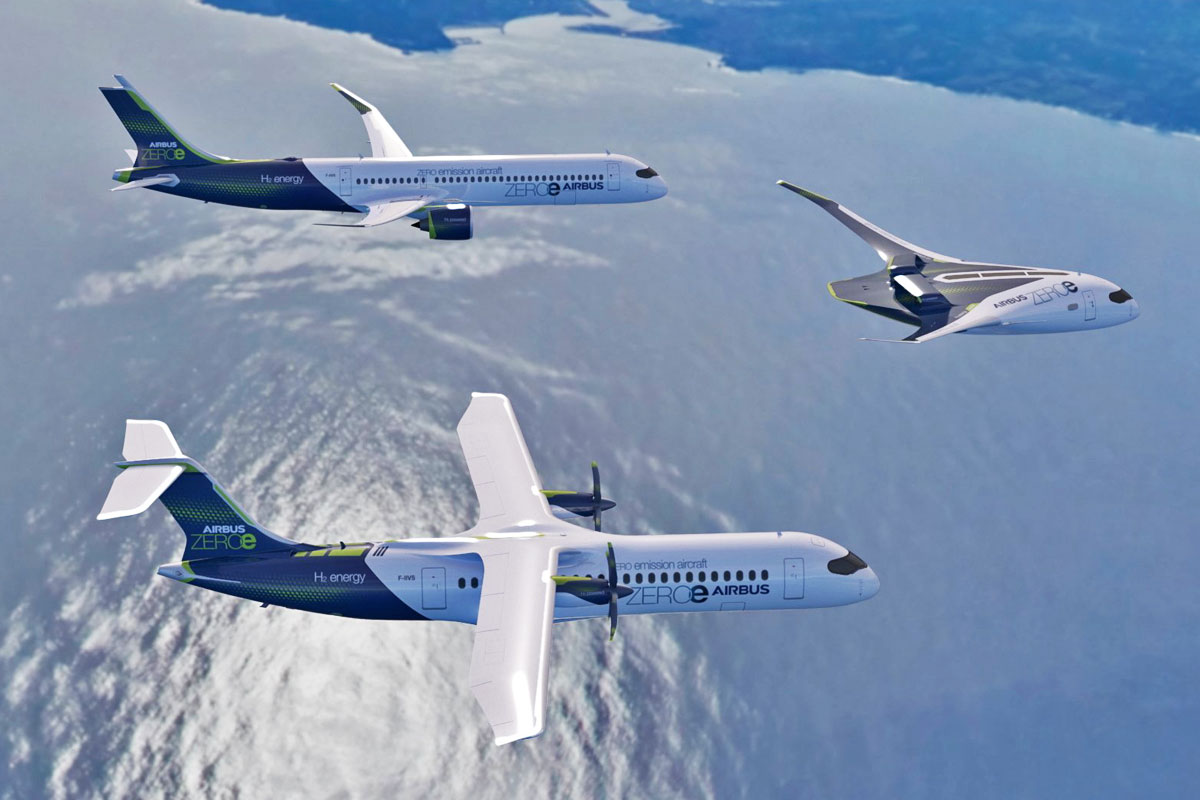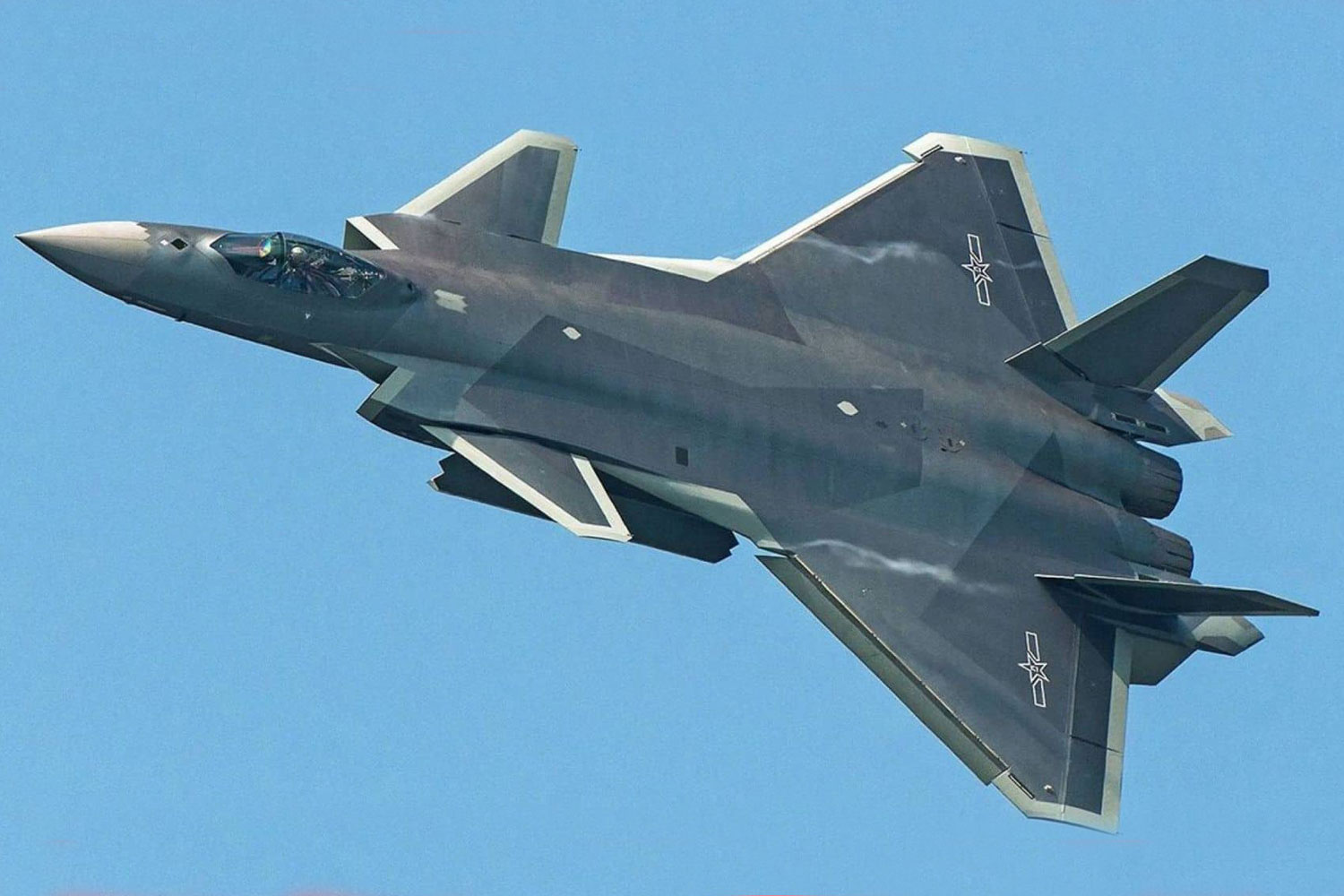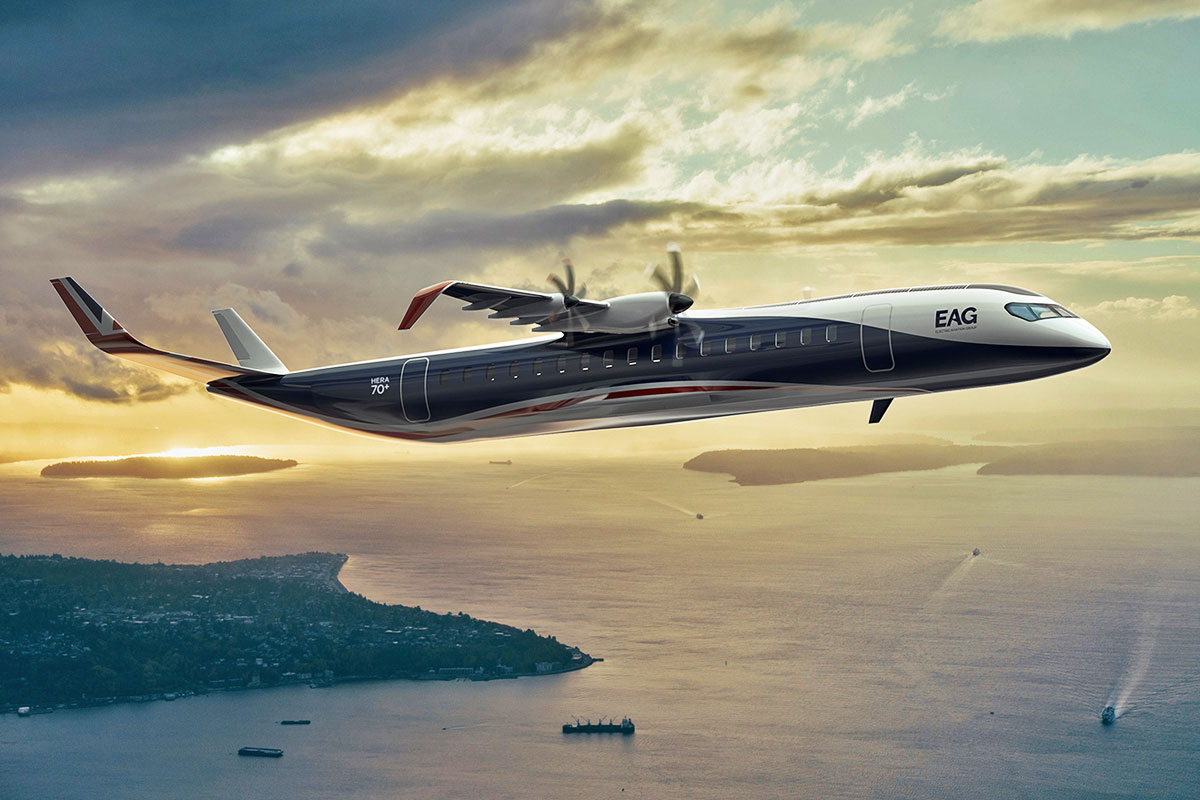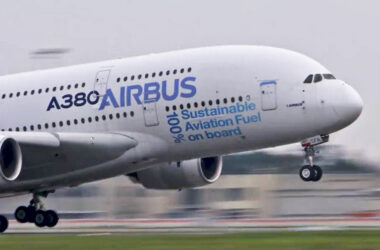Airbus has decided to establish two Zero Emission Development Centers (ZEDC) at its units in Bremen (Germany) and Nantes (France), which will be responsible for develop a method of manufacturing cryogenic tanks at a competitive cost.
The goal is to enable the use of liquid hydrogen in ZEROe commercial aircraft, announced by the manufacturer in 2020.
According to Airbus, the integration of tank structures is crucial for the performance of a hydrogen-powered aircraft. In addition to the very low temperature to reach the liquid state (-250ºC), the tank will have to withstand the pressure and temperature fluctuations of a commercial flight.
Bremen’s choice has to do with the site’s experience with hydrogen research and which includes the Ariane program. It will be in this ZEDC that the cryogenic tanks will undergo tests while in Nantes, where Airbus is concentrating the development related to the central wing, the studies related to the structures will be carried out.

The two centers will be fully operational in 2023 with the aim of carrying out the first flight of a concept powered by hydrogen in 2025.
The transformation of hydrogen into its liquid form is necessary due to the reduction in volume, explains Airbus. Initially, the tanks will be built with metallic structures, but the company believes that it will be possible to adopt a carbon-fibre-reinforced polymer composites solution in the future.
Bet on hydrogen
Airbus announced last year that it has chosen to study hydrogen propulsion as the most viable solution for a line of sustainable commercial aircraft.
According to the airframer, the hybrid-electric engine technology does not yet offer technical conditions to be attractive in larger aircraft.
However, it is precisely this path that NASA – and probably Boeing – seem more inclined to take, as the US government agency recently announced.






